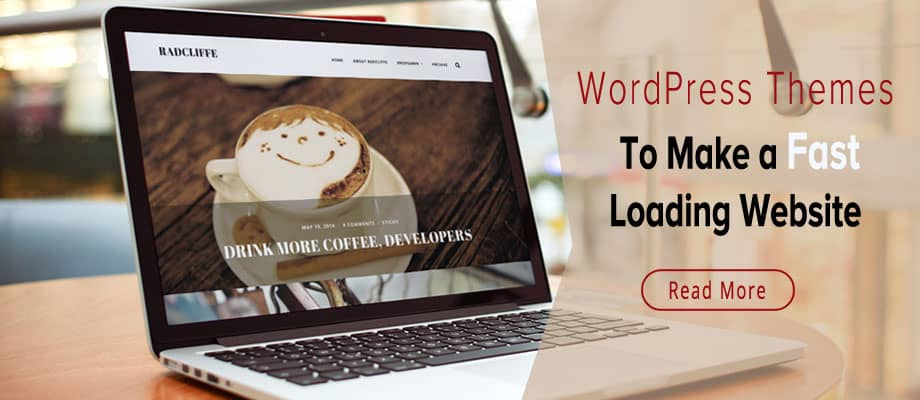
A slow loading website is nothing but bucketful of frustration. Believe me, it is the primary reason that most websites lose traffic. It not only affects your visitors but also leads to plunge in rankings since it is as anti-SEO as it can get. Its just a matter of days that falling ranking will result in vanishing visitors.
Being a leading web design company, we always face the problem of ‘forever-loading’ websites. Although patience is a virtue, but it works against you if your website takes eternity to load. There are many ways to solve this problem. From hosting plans to HTTP requests, you can take whatever route pleases you. But lean themes are fast emerging as a potent method to get things done right. Let’s discuss it then!
Smartly coded CSS elements have to be blended together in the right way to improve upon the website building time. What traditionally takes 2-3 months can be finished in a matter of 2-3 weeks. This minimum viable product will have the same features and functionalities expected from a full-fledged website. Hand coding is kept minimum but elements are arranged smartly to ensure features work seamlessly.
Understanding the journey of the buyer is fundamentally crucial to any commercial website. In lean themes, the website development takes into the account this ‘call-to-action’. As a developer you have to use the buttons, theme elements and product placement strategically to ensure speed does not compromise the form and function.
Real user data is used to improve the design of the website. Channel the inner analyst in you and implement the real user feedback intelligently. Implement only necessary user connectivity features to ensure theme remains lean and light.
User experience can be quite tricky in light versions. What can be useful from one perspective can be very heavy from the other. Let user data guide you on which elements will help improve user experience. For example, simple navigation, pricing page management, opt-in box etc.
Lean approach means having all the necessary elements while cutting the flab. Do not stretch the lean angle and remove the vital user experience elements.
Keep optimizing the website as per revelations from the user browsing data. Tweaking things like banner positions, product information, CTA buttons, interactive elements are done regularly for lean themes. As you understand conversion better, you can take the theme to the next level using path mapping and split testing.
Unorganized content is a big contributor to slow websites. It is vital that your content is organized well and not taking up much space. Content uploading must also be easier to ensure faster uploading times. Images must be optimized to match with the theme.
This is as lean as it can get. One page websites can be well-suited to many industries that can be represented online in a simple manner. Dynamically loading pages makes content organization easy. Information is lucid and graphics are more communicative.
Lean themes work best with custom development skills. The right people know how to mould the theme elements for maximum benefit when it comes to speed. Hope you found the information helpful to put your website in top gear.